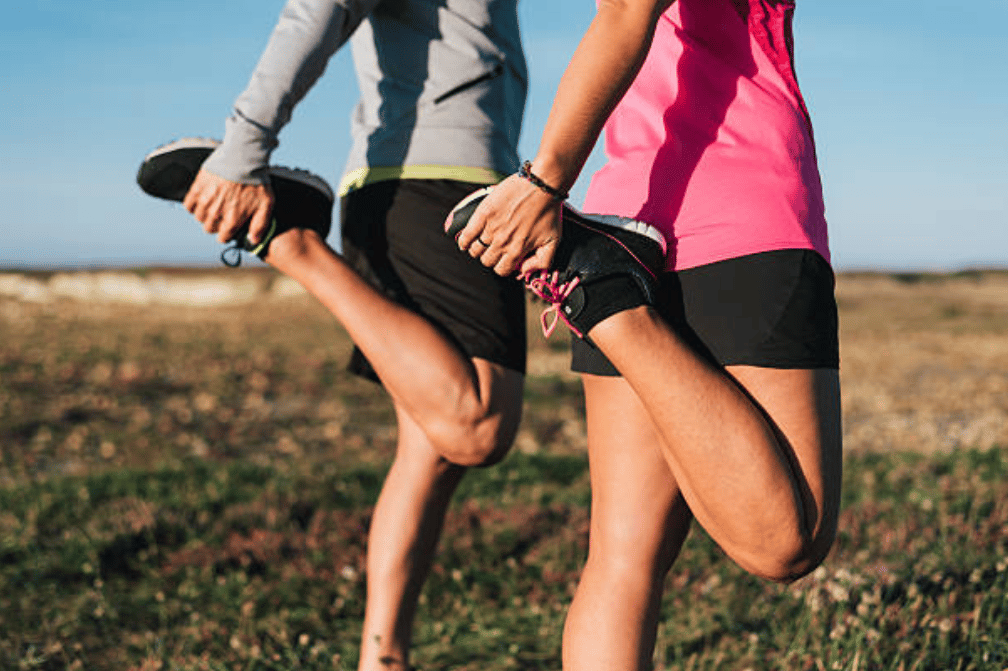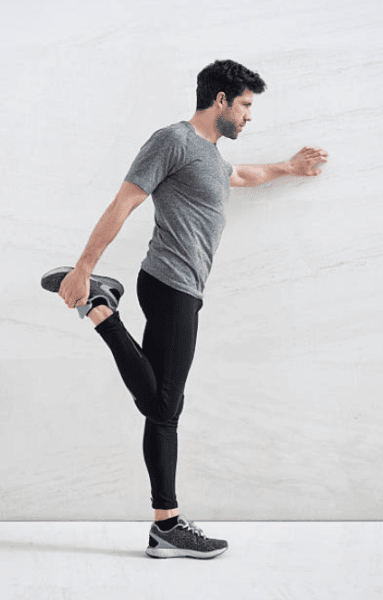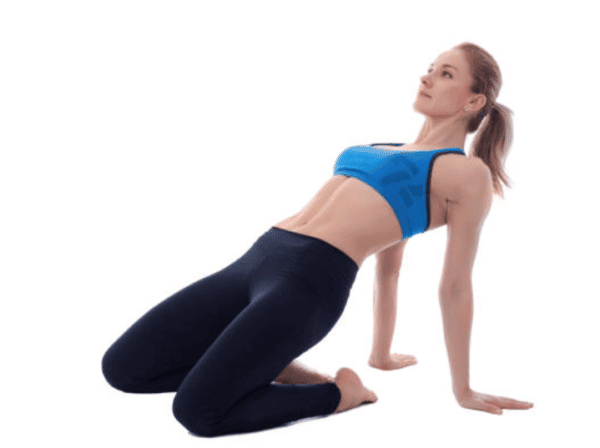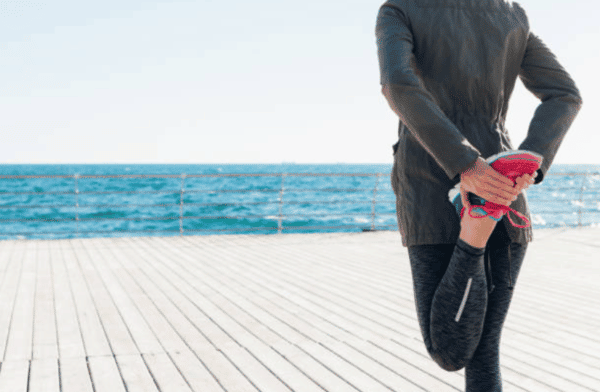Whether you are training for weight gain, weight loss or to improve your athletic performance, muscle stretching is a step that should not be overlooked during a fitness session.
Indeed, when one is adept at this kind of intense physical activity, one must treat one's muscles with care to limit the risk of injury. This is especially true for the quadriceps, which are under constant strain in most exercises to build muscle in the gym.
Thus, in order to avoid relieving aches and pains and micro-tears within the muscle fibres of your thighs, it is crucial to know the adequate stretching and softening movements and therefore the quadriceps stretching.
What is the quadriceps?
The quadriceps, whose full name is the quadriceps femoris, is a muscle group located on the anterior part of the thigh. It is composed of four muscles: the rectus femoris, the vastus lateralis, the vastus medialis and the vastus intermedius. It is for this reason that we often speak of the quadriceps in the plural. Its role is threefold: it is an extensor of the leg, a flexor of the thigh and it allows to block the patella during walking.
It is the antagonist of the hamstrings which have an opposite action on the legs since they allow the flexion of the knee. On the other hand, the quadriceps femoris is also the largest human body muscle and it is on it that rests the most important weight. It is therefore essential to work it regularly in order to gain power while undertaking a harmonious muscular reinforcement.
Dynamic quadriceps stretches
When you arrive at the gym, no matter what time of day it is, your thigh flexor muscles are still asleep and not ready for the violent shocks of a workout. It is therefore essential to mobilize them gradually and to soften them gently to get them out of the stiff state in which they are usually found. During a warming upBefore any physical effort, you can for example perform the following two movements:
- Walking: Grab one of your two feet and slowly bring it towards your buttocks. Hold the position for three or four seconds and repeat with your other foot.
- Jogging: Perform a series of heel-and-toe runs where the heels touch the buttocks after each pulse.
Static stretching of the quadriceps
At the end of the session, after 10 to 20 minutes of recovery, it is necessary to return to the stretching position in order to prevent the appearance of possible muscle tensions.
This time, the idea is not to do various warm-ups but rather to relax the muscles that are in great need of it after long minutes of contraction. Adopt a relaxed attitude, breathe deeply and apply the following four stretching exercises:
- From a standing position, grab one of your ankles and pull it toward your buttocks. Hold this position for 30 seconds for each leg while keeping your torso and back straight.
- Do the same movement but lie on your side. Bring the foot of the top leg closer to your buttocks and stay there for 30 seconds before changing direction.
- Same principle but lying on your stomach. Again, try to bring your foot closer to your buttocks while keeping your knees above the ground. Stay a little shorter than the previous exercises as this movement is generally more painful.
- The last position will allow you to have the quadriceps of both thighs stretched at the same time. Get on your knees and try to tilt your body backwards. Then try to get as low as possible.
These ideas for stretching, initially dedicated to the flexibility of the quadriceps, also have an effect on other areas of the leg but you should not be satisfied with them. Depending on your training program For the lower body, your hamstrings, adductors and all the other thigh muscles probably need special treatment. Don't neglect them.
Special stretching articles:
Other article to read:










